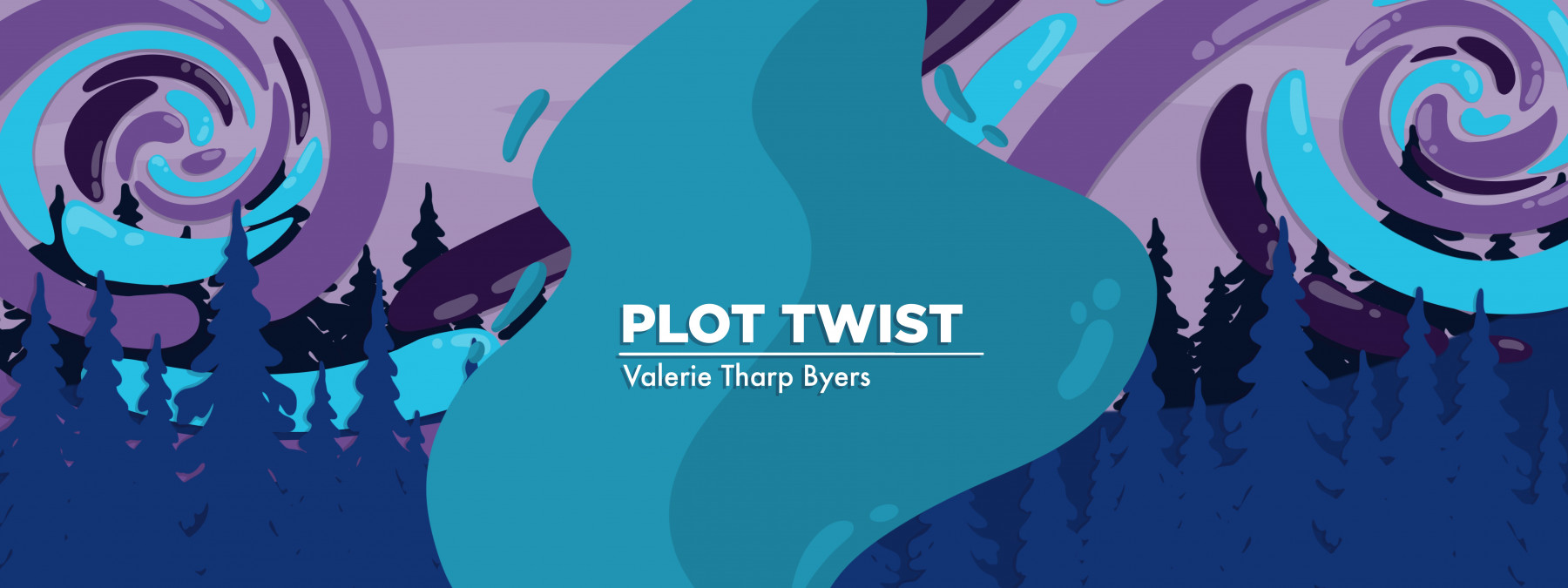The Gift of Grief Is Connection
Written by |

March 5, 2015, was the worst day of my life.
I had stumbled upon a story from the “Today” show about a little girl with Sanfilippo syndrome, and my heart instantly knew what my brain wanted to deny: My 4-year-old son, Will, had the same rare genetic disorder, which my husband and I unknowingly passed down to him. There’s no cure or treatment. He had a terminal prognosis and would likely die in his teens.
No words can describe the devastation I felt when the preliminary test results came in, confirming my worst fear. I looked at Will’s happy face as he played in the sandbox after preschool, and was gutted by both his innocence and my grief.
I held it together until the evening. Then I scream-cried into the carpet in my closet, giving voice to my dismantling anguish while also attempting to muffle it so as not to wake that sweet sleeping boy or his baby sister.
Most families in our community refer to the diagnosis day as D-Day. It looms on the calendar each year, reminding us of the “before” and “after.”
I remember our D-Day, March 5, well, but the following weeks are indistinct. For three months, I was in survival mode, functioning on autopilot during the day to take care of my children, and drowning in agony each night. I know we went to medical appointments, decided how to share the news, and researched clinical trials, but when I think back to that time, it’s all hidden by shadow. Three solid months of a grief-filled well of blackness.
It wasn’t until the fourth month that I really began learning how to live with the diagnosis. It’s a journey that continues every day.
We decided early on that we would share our story publicly. We wanted to raise awareness of Sanfilippo syndrome and pay forward our gift of an earlier diagnosis, which was made possible by other families sharing their stories. If I hadn’t seen the “Today” story, I don’t know when Will would have been diagnosed, and how much precious time would have been wasted searching for answers.
Because of our willingness to share our story, other newly diagnosed families often find articles about us and reach out in the midst of their own devastation.
One such connection happened last month. It hurts each time we meet a new family. We feel pain for them, never wanting others to know this grief. We feel pain with them, as we understand the exact anguish and hardship they’re experiencing. And we feel our own pain all over again, a scab ripped off a still-seeping wound. We can’t hear the despair in their voices without reliving our own darkest moments.
But in that dark, I do find light, and I feel an odd type of gladness to be able to help. This feeling unnerved me at first. I hate Sanfilippo syndrome, and I hate that Will has it, so how could I be experiencing gladness?
I began to understand after watching a 2019 conversation between comedian Stephen Colbert and broadcast journalist Anderson Cooper in which Colbert articulated these complex feelings beautifully. Our own grief makes us more aware of others’ grief, allowing us to better connect with them.
This connection gives meaning to my sadness. I’ve experienced the diagnosis blackness. I want other families to know that I truly understand the deep darkness that now surrounds them. I want them to know that they aren’t alone and never have to be while navigating this new life. Our community cares for them and can help them to find light.
I’ve learned that in life’s darkest moments, we want to be around the people who have been there, too, the people who know our despair.
March 5, 2015, may have been the worst day of my life, but it also gave me a powerful gift: a deeper capacity for empathy. When you’re drowning in your own well of grief, you can hold on to me.
Note: Sanfilippo News is strictly a news and information website about the syndrome. It does not provide medical advice, diagnosis, or treatment. This content is not intended to be a substitute for professional medical advice, diagnosis, or treatment. Always seek the advice of your physician or other qualified health provider with any questions you may have regarding a medical condition. Never disregard professional medical advice or delay in seeking it because of something you have read on this website. The opinions expressed in this column are not those of Sanfilippo News or its parent company, Bionews, and are intended to spark discussion about issues pertaining to Sanfilippo syndrome.






Leave a comment
Fill in the required fields to post. Your email address will not be published.